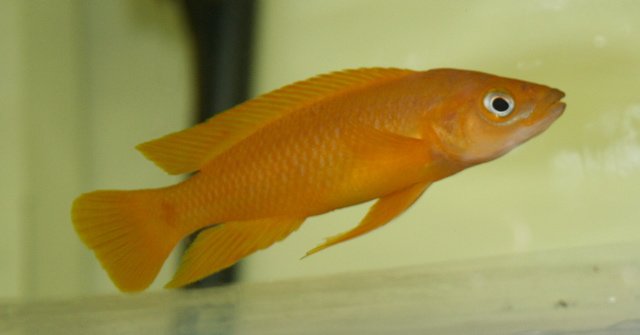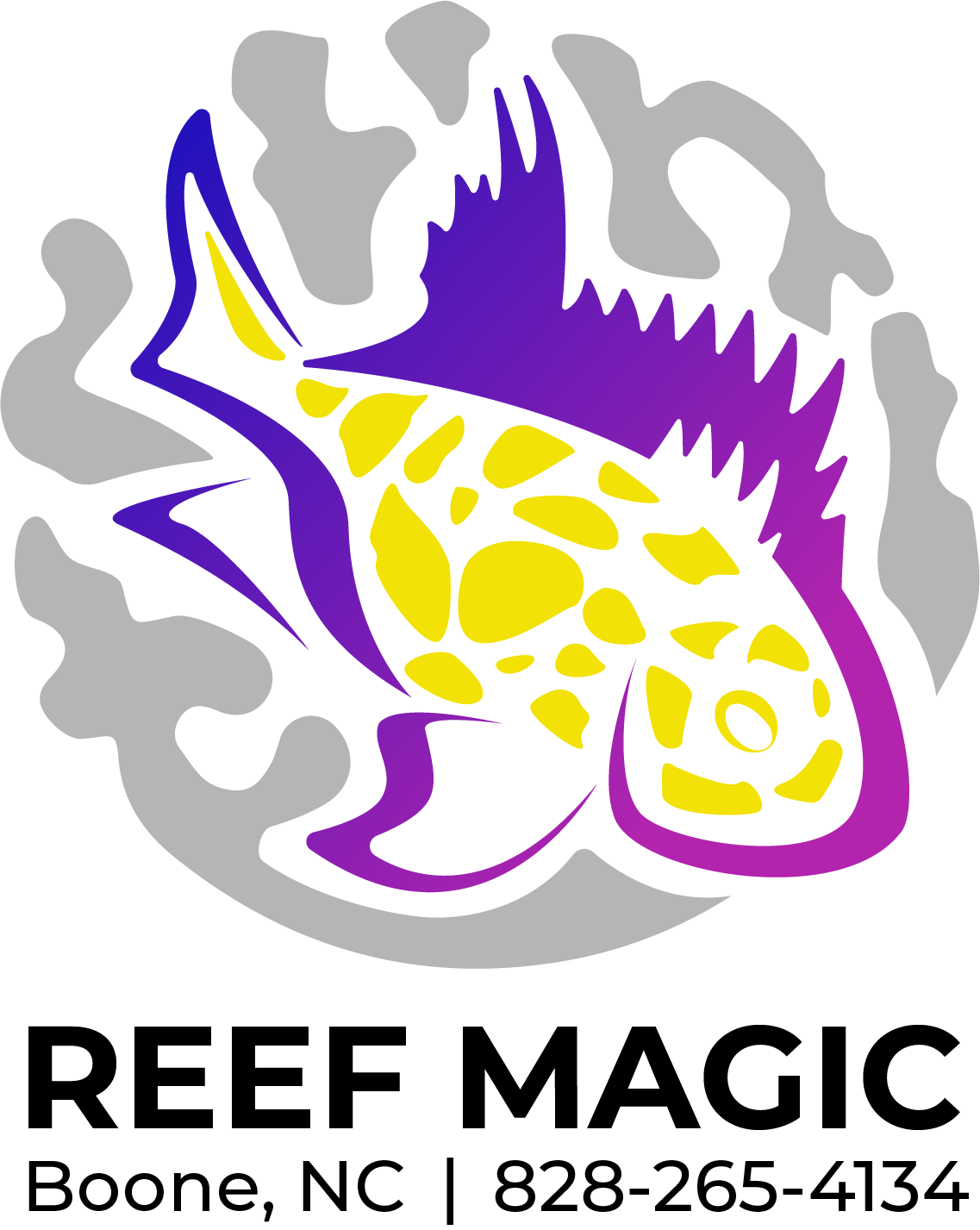 Image 1 of 1
Image 1 of 1


African - Leleupi (Lemon Cichlid)
The Neolamprologus leleupi, commonly known as the Leleupi Lemon Cichlid, is a freshwater fish native to Lake Tanganyika in East Africa. Here's a basic care sheet to help you provide the best environment for these beautiful cichlids:
Tank Setup:
Tank Size: A minimum tank size of 30 gallons is recommended for a pair of Leleupi Cichlids.
Substrate: Use a fine sand substrate to mimic their natural environment.
Decorations: Provide caves and rocky structures for hiding places and territory establishment. Rocks can also help create different levels in the tank.
Water Conditions:
Temperature: Keep the water temperature between 75°F and 80°F (24°C - 27°C).
pH Level: Maintain a pH level between 7.8 and 9.0 to replicate their natural habitat.
Hardness: Aim for a water hardness between 10 and 20 dGH.
Filtration:
Filtration System: Use a good-quality filter to maintain water quality.
Water Changes: Regular water changes (20-30% weekly) are essential to remove accumulated waste and maintain water parameters.
Tank Mates:
Compatibility: Leleupi Cichlids can be aggressive, especially during breeding. Consider keeping them in a species-only tank or with other Lake Tanganyika cichlids.
Avoid: Avoid keeping them with smaller, more timid fish that may be bullied.
Feeding:
Diet: Provide a varied diet, including high-quality cichlid pellets, live or frozen foods like brine shrimp, bloodworms, and occasional vegetable-based options.
Frequency: Feed them small amounts two to three times a day, only what they can consume in a few minutes.
Behavior and Compatibility:
Territorial Behavior: Leleupi Cichlids can be territorial, especially when breeding. Provide plenty of hiding spaces to minimize aggression.
Breeding: If you plan to breed them, ensure adequate hiding spots and maintain proper water conditions.
Health Care:
Quarantine: Quarantine new fish before introducing them to the main tank to prevent the spread of diseases.
Observation: Regularly observe your fish for any signs of illness. Treat promptly if any issues arise.
Breeding:
Cave Spawning: Leleupi Cichlids are cave spawners. Provide them with suitable caves or structures to lay eggs.
Fry Care: If breeding is successful, the parents may become aggressive. Consider moving the fry to a separate tank for their safety.
The Neolamprologus leleupi, commonly known as the Leleupi Lemon Cichlid, is a freshwater fish native to Lake Tanganyika in East Africa. Here's a basic care sheet to help you provide the best environment for these beautiful cichlids:
Tank Setup:
Tank Size: A minimum tank size of 30 gallons is recommended for a pair of Leleupi Cichlids.
Substrate: Use a fine sand substrate to mimic their natural environment.
Decorations: Provide caves and rocky structures for hiding places and territory establishment. Rocks can also help create different levels in the tank.
Water Conditions:
Temperature: Keep the water temperature between 75°F and 80°F (24°C - 27°C).
pH Level: Maintain a pH level between 7.8 and 9.0 to replicate their natural habitat.
Hardness: Aim for a water hardness between 10 and 20 dGH.
Filtration:
Filtration System: Use a good-quality filter to maintain water quality.
Water Changes: Regular water changes (20-30% weekly) are essential to remove accumulated waste and maintain water parameters.
Tank Mates:
Compatibility: Leleupi Cichlids can be aggressive, especially during breeding. Consider keeping them in a species-only tank or with other Lake Tanganyika cichlids.
Avoid: Avoid keeping them with smaller, more timid fish that may be bullied.
Feeding:
Diet: Provide a varied diet, including high-quality cichlid pellets, live or frozen foods like brine shrimp, bloodworms, and occasional vegetable-based options.
Frequency: Feed them small amounts two to three times a day, only what they can consume in a few minutes.
Behavior and Compatibility:
Territorial Behavior: Leleupi Cichlids can be territorial, especially when breeding. Provide plenty of hiding spaces to minimize aggression.
Breeding: If you plan to breed them, ensure adequate hiding spots and maintain proper water conditions.
Health Care:
Quarantine: Quarantine new fish before introducing them to the main tank to prevent the spread of diseases.
Observation: Regularly observe your fish for any signs of illness. Treat promptly if any issues arise.
Breeding:
Cave Spawning: Leleupi Cichlids are cave spawners. Provide them with suitable caves or structures to lay eggs.
Fry Care: If breeding is successful, the parents may become aggressive. Consider moving the fry to a separate tank for their safety.






